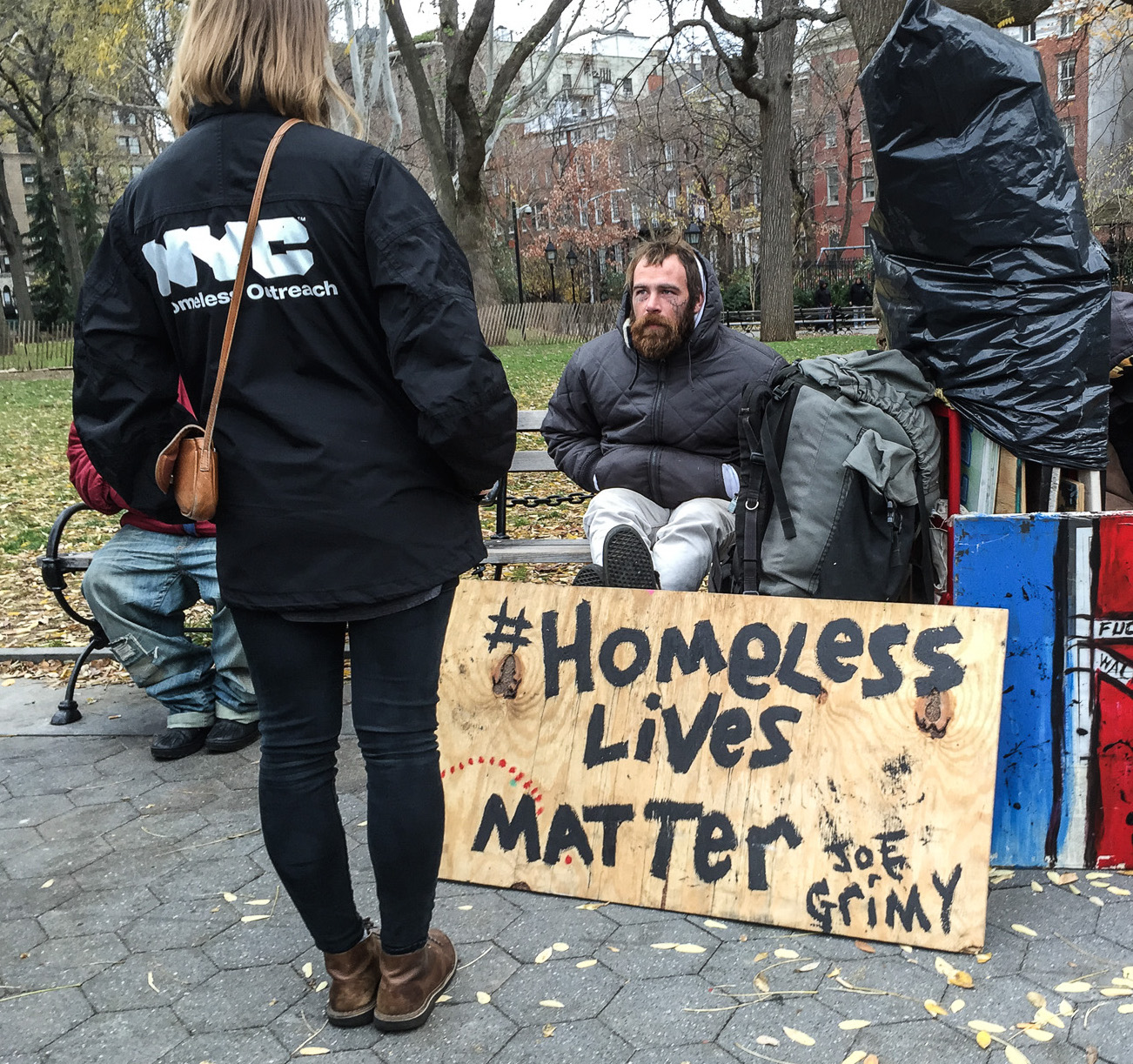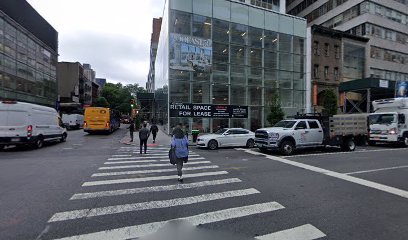
BY YANNIC RACK | They’re as much part of the city’s fabric by now as the sidewalks and parks they call home: New York’s homeless, whose presence on the streets this past summer has dogged Mayor Bill de Blasio and drawn criticism of his handling of what many perceive as a growing crisis.
But now the city has started a new tactic, with the simple goal of talking to every homeless person on the street, every day.
“On my watch, we will never go back to those bad old days,” the mayor assured at the announcement of the program, which will see every Manhattan block from Canal St. to 145th St. canvassed daily by an expanded group of outreach workers.
Called Home-Stat, the new program will also involve tracking the street homeless population in real time and expanding the police unit dedicated to the homeless from 70 to 110 officers, as well as a review of the city’s existing policies.
One of the initiative’s goals is to lower the average response time to one hour by March 2016, when the program will be at full capacity.
The homelessness issue became a political crisis for the mayor this year, with a citywide poll in November finding that 62 percent of New Yorkers disapproved of his handling of the matter.
Different approaches to deal with the problem didn’t always have the desired result. In July, a police SkyWatch surveillance tower seemingly aimed at the homeless population went up in Tompkins Square Park.
The tower’s appearance came on the heels of reports by the New York Post about a spike in homeless people in the park, followed by visits to the park by both the mayor and Police Commissioner Bill Bratton to check out conditions. But the tower was taken down after just a week amid vocal protests from many in the neighborhood.
More recently, reports of homeless sightings increased in Washington Square Park when a group apparently relocated there from Union Square, pushed out by the annual holiday market.
As the pressure mounted over the summer on City Hall to respond to the problem, de Blasio’s top aide on homelessness resigned and later, the same week as the Home-Stat announcement, the head of the Department of Homeless Services also stepped down.
“After we tried a number of changes and reforms, we didn’t feel we were getting as much seamlessness and as much streamlining as we needed,” the mayor said. “We thought it was time to step back and look at the structures that are 20 years old.”
On a recent rainy weekday morning, Washington Square was fairly empty, save for a few groups of tourists and the occasional dog walker.
One of the latter, Diana, a local resident who didn’t want to give her last name, said the homeless had likely moved on to the subway stations and buses by now, fleeing the weather — even though the winter has seen record-breaking high temperatures so far.
“I saw a couple lying on the lawns during the day [until recently],” she said, “but there weren’t any more in the park than usual.”
She thought the mayor’s new approach sounded promising, but would only make a difference if the city also found better long-term solutions — by addressing the mental health and housing issues that force people onto the streets in the first place.
“Just sweeping them off the streets is not the solution,” she said.

















